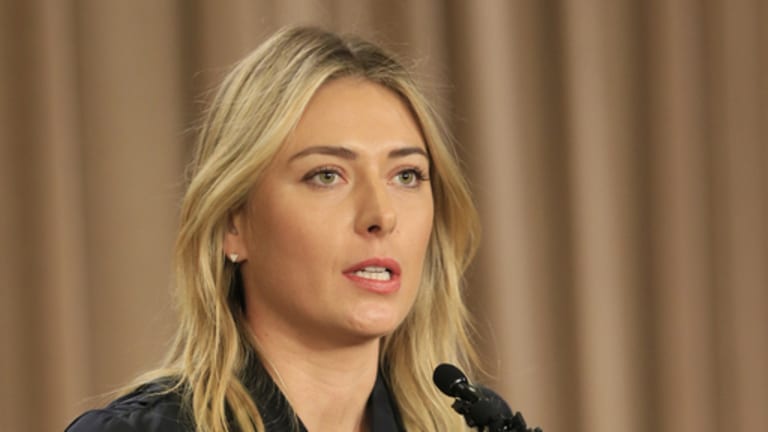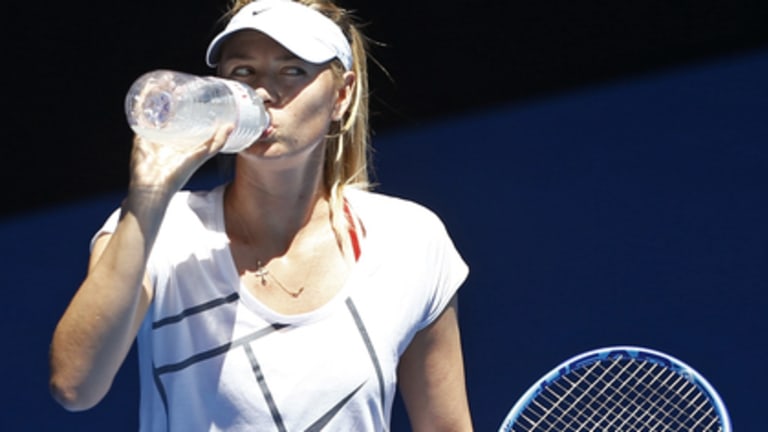This was a stunner on many levels. First, it has been been rare for any top tennis player to test positive for a performance-enhancing substance. Second, it’s even rarer for an athlete to make this type of announcement herself. Third, I hadn’t been aware of any widespread speculation or rumor in the past about Sharapova and PEDs.
All of which should only remind us, if we needed any more reminding, that no athlete, and no sport, is above suspicion.
As it happens, Sharapova’s positive drug test comes at a delicate moment for tennis. The game began 2016 under a cloud of match-fixing allegations, and now it has seen one of its best and most bankable players permanently damaged, as well as possibly banned for a significant length of time.
Yet when it comes to the game’s reputation, the Sharapova situation comes with a silver lining of sorts, even if it's hard to discern at the moment. When the match-fixing story played out in January, the most damning accusation wasn’t that there was criminal activity in tennis; it was that the game's officials looked the other way and chose to preserve its reputation rather than reveal its seedy side. That has also been a concern with tennis’s drug-testing system: How stringent could it be if no players of importance were ever caught? Were we expected to believe that tennis, alone among professional sports, was as pure as its Wimbledon whites? Now we’ve seen that the testing system can catch a star.
Of course, this star was caught because she made what she rightly called a “huge mistake.” Sharapova says she had been taking a drug that she knew as mildronate since 2006, when her “family doctor” prescribed it after she had suffered multiple bouts with the flu, received erratic EKG results, and was diagnosed with a “deficiency in magnesium” and “signs of diabetes." Sharapova said she was unaware that the drug, better known as meldonium, had been added to WADA’s banned substance list at the start of 2016, after the organization found “evidence of its use by athletes with the intention of enhancing performance.”
Perhaps the only thing that could have been more stunning than Sharapova telling us about her failed drug test was her explanation for why it occurred.
“I received an email," she said, "on December 22, 2015, from WADA about the changes happening to the banned list, and you can see prohibited items, and I didn’t click on that link.”
By that point, all Sharapova could do was insult the carpet.

